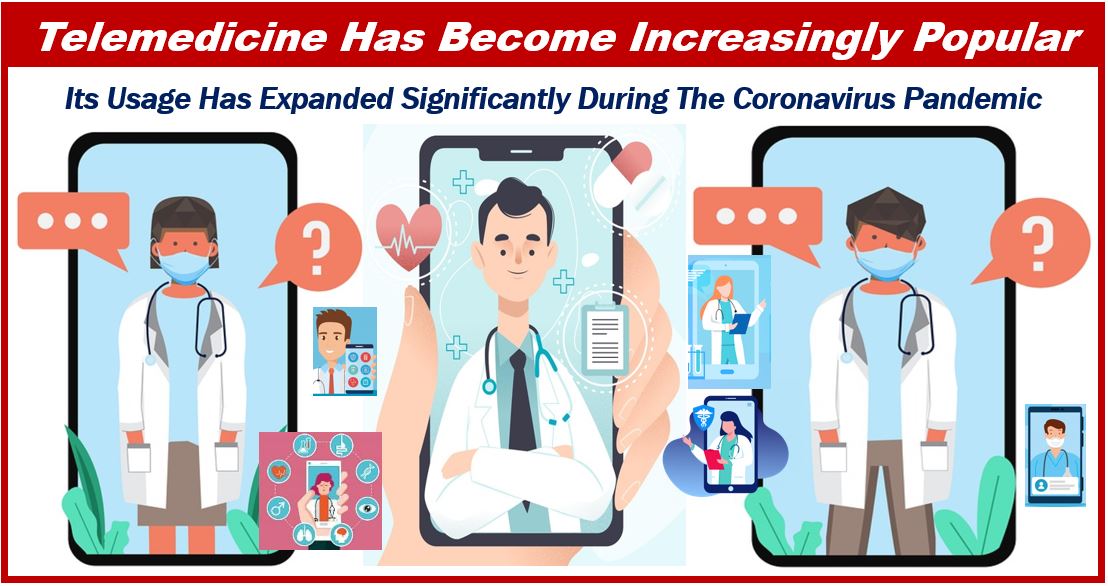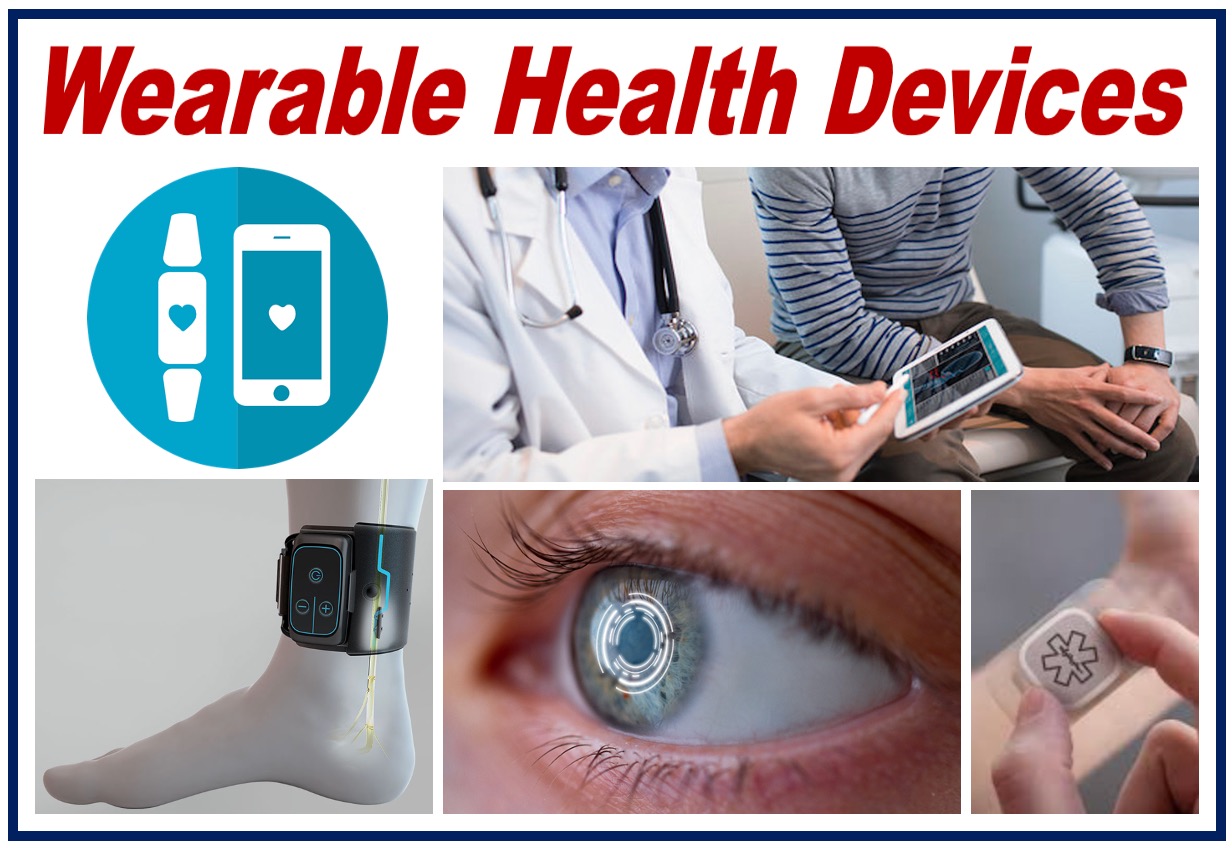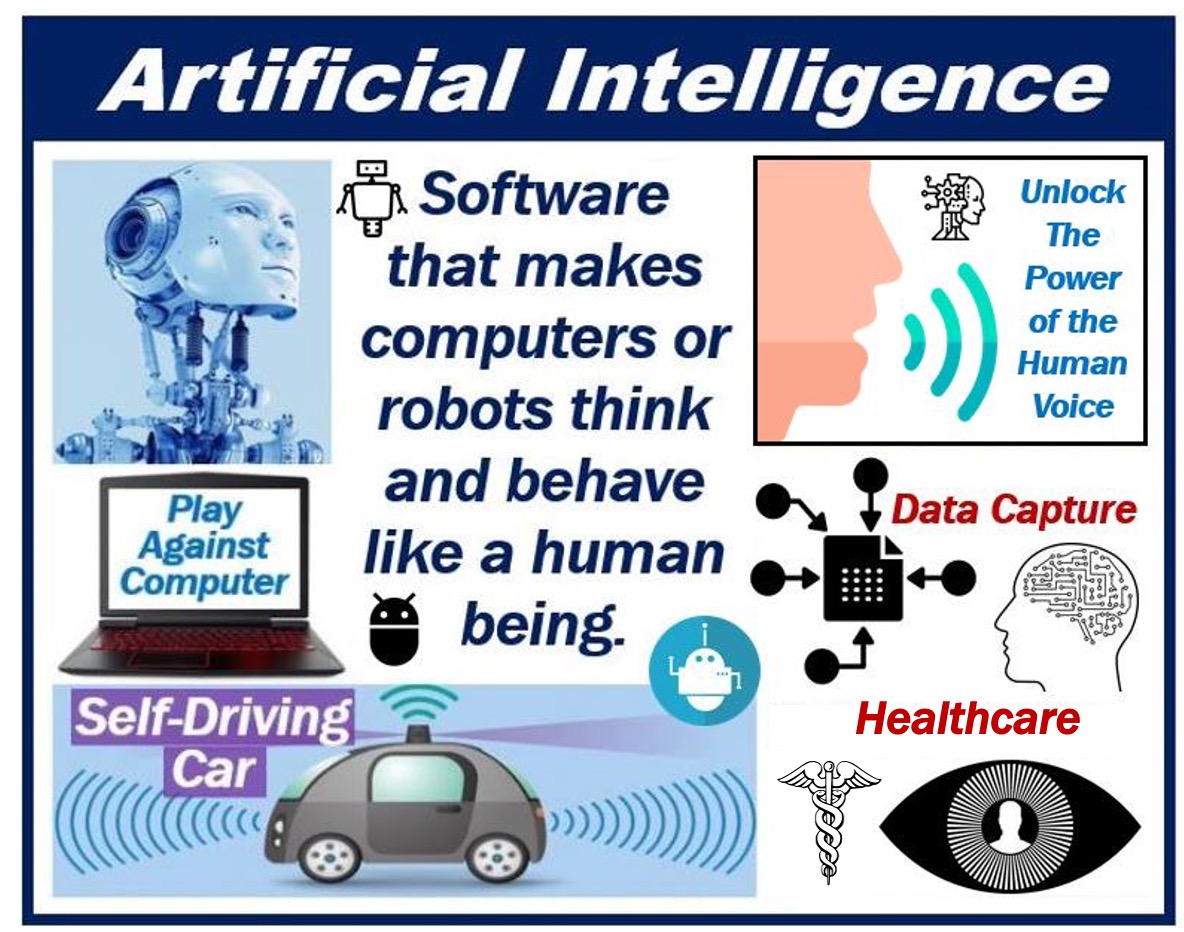Technology and medicine have gone hand in hand for years, and this isn’t going to change any time soon. Thanks to the advancements in technology, medicine is also seeing many exciting advancements that are improving the diagnosis, treatment, and long-term care of patients.
Whether it’s a new wearable that provides doctors with real-time patient data or a new type of scanning machinery that can create in-depth images of the inside of a patient’s body, technology is getting better every year. There are continuous improvements that are paving the way for an incredible future for modern-day healthcare.
Doctors, nurses, dietitians, and physical therapists are all using health technologies to improve the care that they provide for their patients on a daily basis. Whether they work in a hospital, a primary care center, or in a community-based role, technology can simplify the patient care process without compromising on its quality.
There are also devices that can be provided for patients to use in the comfort of their own homes and in their everyday lives, such as hearing aid devices, walking frames, and portable medical equipment.
Even with the advanced technology that is already available, this isn’t the end of the story. there are lots of exciting pieces of health technology that have just been created or are currently in the works. Here are four tech trends in the healthcare industry to get excited about.
1. Remote Patient Monitoring and Telemedicine

The remote monitoring of patients has been available for years but its usage has accelerated since the pandemic when remote monitoring was the only option for many. With new technologies, doctors can monitor their patients on a continuous basis.
Ongoing real-time data can be sent directly from a patient to their physician through wearable technology. For example, continuous glucose monitoring devices can be worn by diabetic patients to provide information about their blood sugar levels. Healthcare professionals can then use this data to formulate an effective care plan for the patient.
Remote patient monitoring also extends to telemedicine. Doctors can host their regular clinics virtually to make things easier for their patients. By holding meets remotely, patients can remain comfortable at home while receiving health advice from their physician, saving time and money on travel expenses.
The convenience of telemedicine reduces absenteeism. Since patients don’t need to travel to a hospital or clinic for an in-person face-to-face appointment, they are more likely to attend their appointments. It also means that those who are disabled or struggle to walk do not need to leave their homes in order to speak to a physician.
There is now medical software that enables doctors to maintain medical records remotely too. More healthcare providers are now adopting virtual patient monitoring and digital medical record-keeping due to their practicality and simplicity.
2. Clustered Regularly Interspaced Short Palindromic Repeats (CRISPR)

CRISPR is a type of gene-editing technology that has been recently developed. It uses sophisticated technology to find a specific bit of DNA inside a cell and cut it out.
CRISPR can be used to remove infected or mutated areas of DNA that are causing a specific disease. By removing or modifying the concerning piece of DNA, diseases and illnesses can be treated.
So far, CRISPR has been used in the treatment of long-term conditions, including cancer and human immunodeficiency virus (HIV). Recently, there has been a lot of research into using this type of technology for the treatment of cystic fibrosis (CF), a genetic condition that impacts the function of the lungs, digestive tract, and pancreas.
In comparison to many of the traditional treatment methods for various cancers and genetic conditions, CRISPR is minimally invasive and appears to have a high success rate. The future of CRISPR in the use of treating a wide variety of diseases is promising.
3. Wearable Technology

The demand for wearable health devices has increased ever since the first wearables were invented. Nowadays, there is a wearable device for almost anything but the most popular devices are those that measure physical health metrics, such as daily step count, heart rate, and calories burnt.
The use of wearables goes far beyond monitoring physical exercise. Wearables can be used to manage or prevent chronic conditions, such as heart disease and diabetes. Doctors can work closely with their patients to measure their health and fitness and create a long-term management or prevention plan.
Whether it’s a smartwatch that is worn on the wrist or a monitoring device that can be worn around the leg or arm, wearables are an incredible kind of technology that is becoming more advanced by the year. Wearables are an easy and accurate way for doctors to collect health data about their patients, which can be used in the treatment, prevention, and research of all kinds of diseases.
4. Artificial Intelligence

You would struggle to find an industry that has not taken advantage of artificial intelligence (AI). Sophisticated AI technology has rapidly infiltrated the healthcare industry and has streamlined the identification, diagnosis, and treatment of disease.
AI can now be used to make accurate diagnoses in a quicker amount of time. It can be used to identify diseases in their early stages, which is vital to preventing disease progression and effectively treating (or even curing) a variety of conditions. The earlier a condition is identified, the better the prognosis for the patient.
For example, AI is now being used to review mammograms, which are a type of x-ray scan that looks at the breast tissue to identify breast cancer. AI can review mammogram reports 30 times faster than a human and with 99% accuracy.
AI has also been helpful for data prediction and trend analysis. It can analyze large sets of patient data to predict future health trends and identify the most effective forms of treatment, and it can do so in a much faster time than humans ever could.
Recent drug trials have been using AI as part of the drug discovery process to find more effective and efficient ways of creating and administering new medicines. AI can streamline the discovery process and reduce the associated costs.

